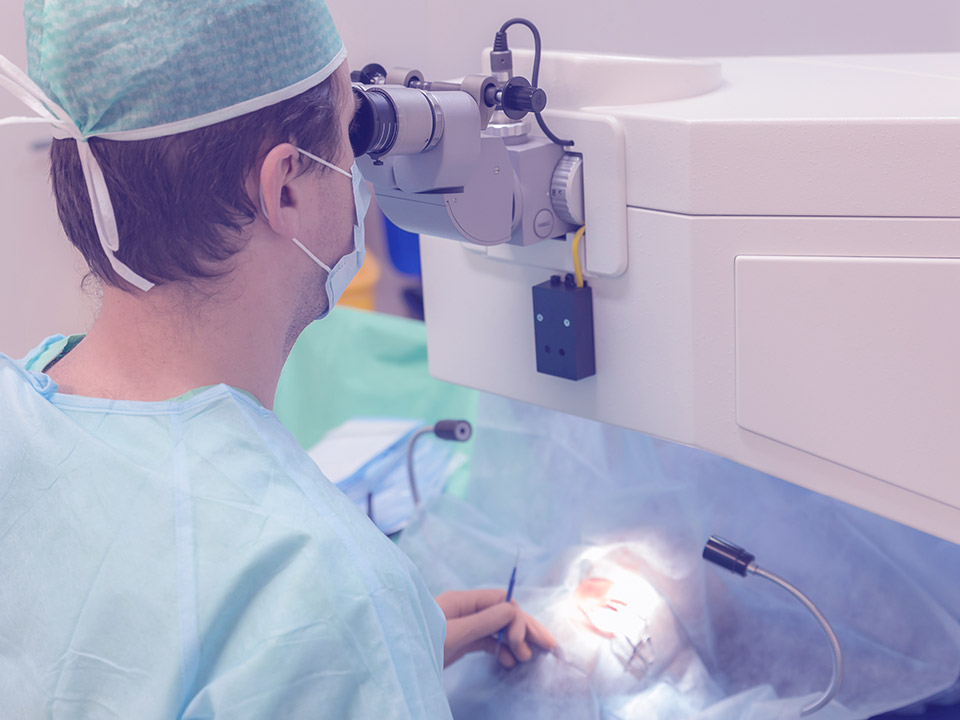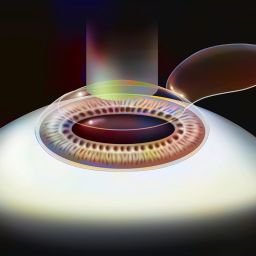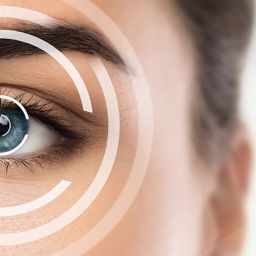
LASIK Eye Surgery for Astigmatism: Everything You Need to Know About LASIK and Astigmatism
What is astigmatism?
Astigmatism is a common eye condition that affects the cornea and lens. According to eye specialist at Anaheim Eye, these organs come together to form a perfectly round shape in healthy individuals, but with astigmatism, the eyeball is not completely round.
Astigmatic’s have a football-shaped eyeball where the eye lenses on the eyeballs are curved differently. This eye imperfection robs you of the ability to focus properly. Objects at small distances start to get blurred and wavy. This football-shaped eyeball results in a myriad of vision complications like farsightedness or nearsightedness.
Fortunately, astigmatism is a fairly easily treatable condition. The condition, which at times lasts a lifetime, is treatable using contacts, prescriptions, or via Laser-assisted surgery, like, LASIK.
What causes astigmatism in the eye?
The answer to the question, ‘what causes astigmatism,’ remains a big puzzle to scientists and researchers. They all agree, though, that genetics plays a significant role in triggering the eye condition. The condition has been diagnosed in infants, and it is also known to develop much later in life. The anomaly can occur following an eye injury, as well.
Astigmatism affects two main structures in your eyes. These are the cornea and lens. The cornea is the clear front part of the eye, and it contains the tear-secreting glands. The lens is the clear part inside the eye that is involved with image focusing. These parts have rounded curvatures to help refract incoming light. In healthy eyes, the curvatures bend the light evenly, allowing sharp images to form at the back of the eye.
Mismatched curves on your lens or corneas lead to the formation of two different images. These images often overlap or get superimposed on top of each other, leading to a blurred image. That is what is called a refractive error. There are two types of astigmatism. These are corneal astigmatism and lenticular astigmatism.
Types of Astigmatism
a) Myopia or Nearsightedness
Myopia results from an abnormally curved cornea. In this case, the cornea is curved way too much, and you have a longer eyeball. Consequently, this causes the incoming light to form an image in front of your retina. That makes it impossible for you to see distant objects as they appear wavy or blurry.
b) Hyperopia or Farsightedness
Farsightedness arises when your cornea is too short. That causes the light rays to intersect behind the retina, and as such, nearby images become blurry.
Who is High Risk?
Astigmatism has been diagnosed in both children and young adults. A person is considered being high-risk to the condition if:
- Your cornea is scarred or thinned
- Your family has a history of eye disorders
- You experience excessive myopia
- You experience excessive farsightedness
- You’ve undergone cataract surgery
What are the symptoms of astigmatism?
Every person experiences different sets of astigmatism symptoms. It’s common to find some patients not even showing any symptoms. Here are the common astigmatism symptoms.
- Blurred fuzzy or distorted vision.
- Shortsightedness
- Farsightedness
- Eyestrain
- Night blindness
- Headaches
- Squinting
- Night starbursts
When to Visit Your Optician?
If you notice any sight anomalies, it is best to act with haste and consult a certified ophthalmologist. Visit an eye doctor before your symptoms get out of hand and obstruct you from performing everyday tasks. Your eye expert should be able to tell the extent to which your astigmatism has developed, and most importantly, the best course of action.
Diagnosing in Children
It is difficult to diagnose astigmatism in small children. Kids, especially at a very early age, cannot realize their blurred vision is a call for concern, and as such, they won’t report it. To avoid such concerns, it is in your best interests to take your kids to routine eye screening. Make sure your newborn gets their eyes tested not only for astigmatism but for other eye anomalies as well. When your children first start schooling.
Can astigmatism be Treated?
According to eye experts, millions of people have astigmatism at different degrees. The condition is curable by several interventional measures such as using eyewear, contact lenses, or by surgery. Ophthalmologists use three medical instruments to detect astigmatism. These tools include a phoropter, keratometer, or autorefractor. The keratometer is also referred to as a topography machine in some texts.
Available Treatments for Astigmatism
1) Laser LASIK Surgery
One of the commonly asked questions is whether LASIK procedures are effective for treating the Astigmatism. The answer is a resounding yes. This advanced procedure can permanently correct the cornea and lens issues without requiring the use of prescription contacts.
Advances in ophthalmology have witnessed the invention of new and more efficient LASIK styles. These innovations include the WFG or the Wavefront Guided LASIK procedure. The latter treatment uses lasers to correct the abnormally-shaped curvatures on your cornea.
Then, there is the Femtosecond LASIK option that uses lasers to make accurate incisions in different areas of your cornea. These incisions are meant to correct the skewed refractive errors in this vital organ. It’s important to note that despite the LASIK astigmatism success rate being very high, many patients often require more than one LASIK procedure to restore their proper vision permanently.
Possible Complications of LASIK Procedures
While LASIK is considered to be a generally safe procedure, some patients may develop minor complications. LASIK’s possible side effects include corrections, overcorrections, double visions, halos, glares, dry eyes, eye infections, and excessive tearing.
Why Choose LASIK Option for Astigmatism?
LASIK surgery provides a permanent reprieve for individuals who have astigmatism. A typical surgery involves the removal of small pieces of corneal tissue. The tissue removal is done until the corneal curves of both eyes match. Once removed, the corneal tissues do not regenerate, and that what makes this procedure permanent.
Going for this surgery will see you do away with your prescribed glasses or the rigid contact lenses, once and for all. According to this ophthalmology study, LASIK procedures restores proper 20/20 vision in roughly 73.8% of high astigmatism individuals. Following the surgery, 73.8% of previously sick patients do not need glasses or contacts. That is quite an impressive medical feat!
However, it is important to note that not everyone who has LASIK surgery gets these excellent results. Consult with your eye experts to figure out if you are indeed the right candidate for the surgical procedure.
Your doctor will help you pick the ideal corrective remedy for your astigmatism. Not everyone qualifies to undergo a LASIK procedure. The treatment is out of bounds for individuals with thinned-out corneas and those with an abnormally high refractive error.
2) Contact Lenses
Corrective lenses are effective in correcting this eye anomaly. You can either go for temporary corrective lenses or a more permanent solution in refractive surgery. Gone are the days when patients had to deal with rigid contacts. The latest contact lenses used to correct eye-disorders like astigmatism are very comfortable to the eyes. They are called soft toric lenses. Asides from being comfort, these lenses result in the formation of highly accurate images.
In patients with advanced astigmatism, doctors often opt for gas-permeable contact lenses. Alternatively, the ophthalmologists may decide to use the Orthokeratology treatment to correct the abnormal curvatures.
3) Eyeglasses
You can go with eyeglasses to restore proper vision if you have astigmatism. A typical prescription for astigmatic patients denotes two important measurements. These are the axis and cylinder (CYL) measurements. The cylinder value denotes the lens power required to correct your lens or corneal curvature issues. Axis, on the other hand, is given in degree. It indicates the positioning of astigmatism on your lens or cornea. Prescriptions for patients with myopia or hyperopia contain the phrase, ‘sphere power.’
It is always in your best interests to treat astigmatism as soon as you notice it. Take your newborns to the eye doctor and have them checked out for this congenital eye disorder. As you have seen, there are several treatment options available for people with astigmatism. You can opt for eyeglasses, contact lenses, or you can say goodbye to both and simply go for the effective LASIK procedure. LASIK procedures are remarkably low-risk and they are guaranteed to correct the abnormal cornea and lens giving you back proper vision permanently.













